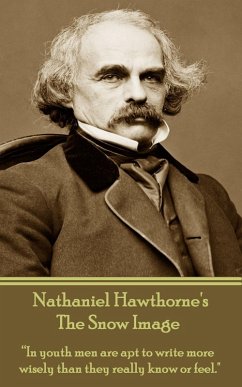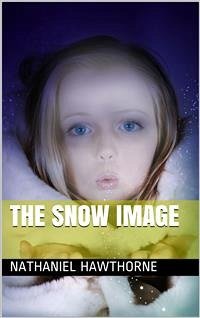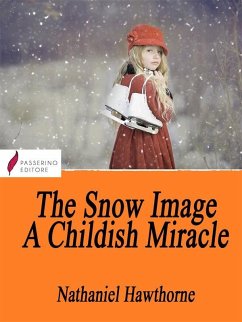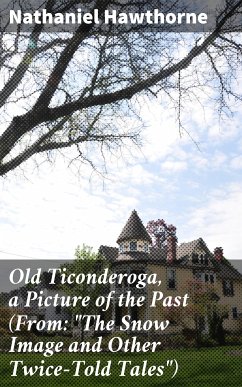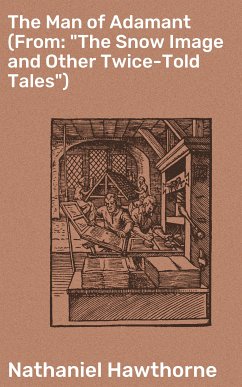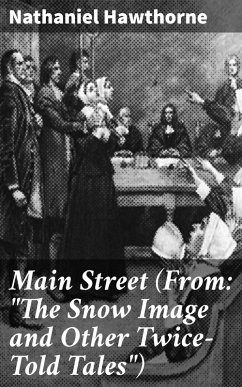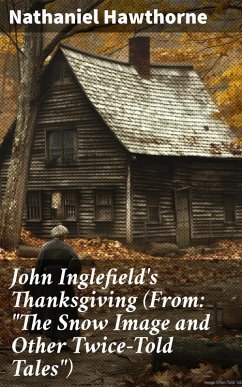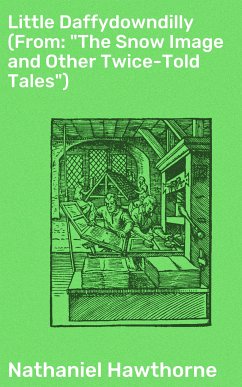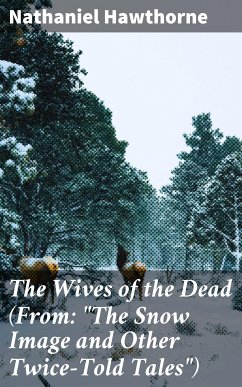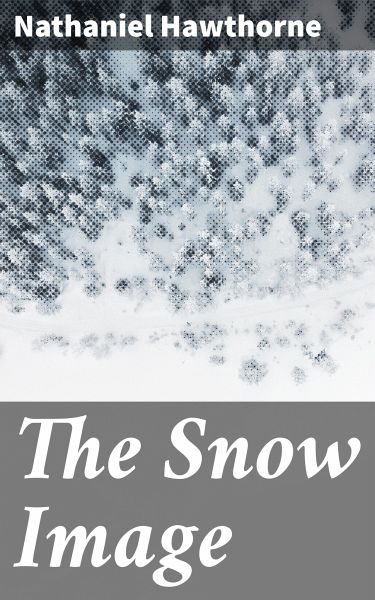
The Snow Image (eBook, ePUB)
Exploring the Depths of Dark Romanticism
Versandkostenfrei!
Sofort per Download lieferbar
0,49 €
inkl. MwSt.
Weitere Ausgaben:

PAYBACK Punkte
0 °P sammeln!
Nathaniel Hawthorne's "The Snow Image" is a poignant exploration of innocence and loss, encapsulated within a richly imagined tale that weaves together themes of nature, imagination, and the bittersweet passage of childhood. Set against a meticulously rendered New England landscape, this short story employs a lyrical style reminiscent of Hawthorne's romantic inclinations, drawing readers into a world where the boundaries between reality and fantasy blur. The narrative's allegorical nuances reflect the broader literary context of 19th-century American Romanticism, aligning with Hawthorne's preo...
Nathaniel Hawthorne's "The Snow Image" is a poignant exploration of innocence and loss, encapsulated within a richly imagined tale that weaves together themes of nature, imagination, and the bittersweet passage of childhood. Set against a meticulously rendered New England landscape, this short story employs a lyrical style reminiscent of Hawthorne's romantic inclinations, drawing readers into a world where the boundaries between reality and fantasy blur. The narrative's allegorical nuances reflect the broader literary context of 19th-century American Romanticism, aligning with Hawthorne's preoccupation with the moral complexities of human experience. Hawthorne, a central figure in American literature, was profoundly influenced by his Puritan heritage and the interplay of individual conscience and society. His personal history, marked by a deep introspection and a fascination with the supernatural, informs the delicate handling of the child protagonist's relationship with the titular snow image. This tale, rich in symbolism, showcases Hawthorne's mastery in capturing the ephemeral nature of beauty and the sorrow that often accompanies enchantment, elements reflective of his life's experiences and philosophical inquiries. I highly recommend "The Snow Image" to readers seeking a contemplative narrative that evokes the fragile essence of childhood and the inevitable transition to adulthood. Hawthorne's deft prose and his ability to infuse the ordinary with profound meaning make this work an entrancing read that invites reflection and emotional resonance, ensuring its place as a staple in the canon of American literature.
Dieser Download kann aus rechtlichen Gründen nur mit Rechnungsadresse in A, B, BG, CY, CZ, D, DK, EW, E, FIN, F, GR, H, IRL, I, LT, L, LR, M, NL, PL, P, R, S, SLO, SK ausgeliefert werden.




